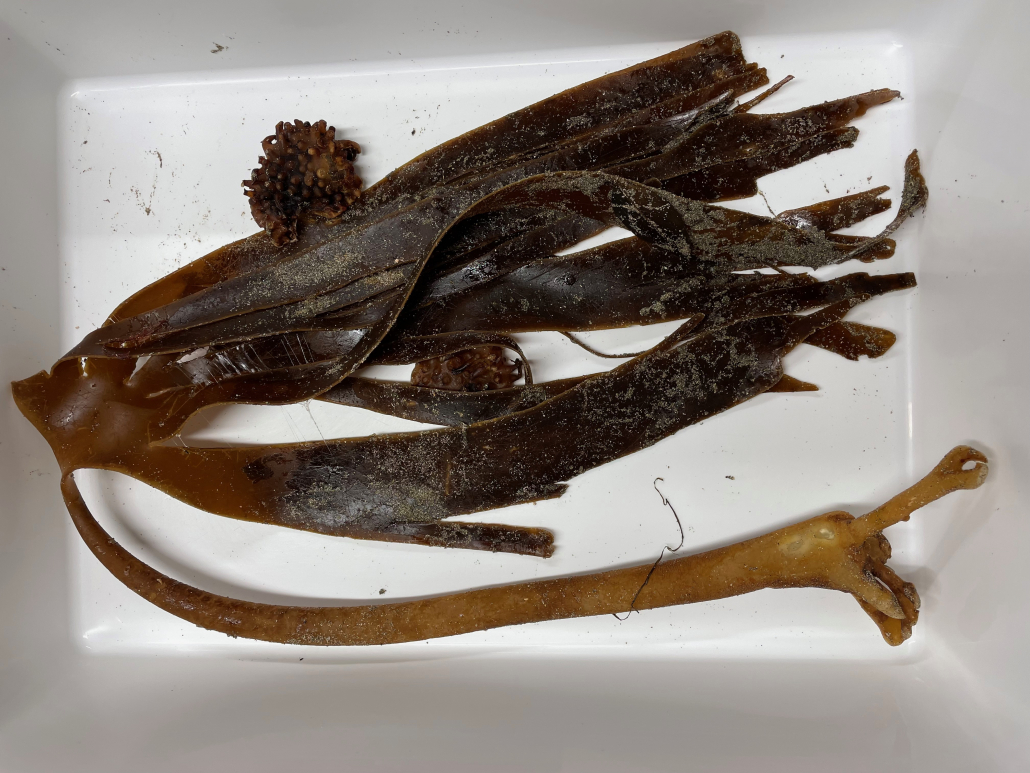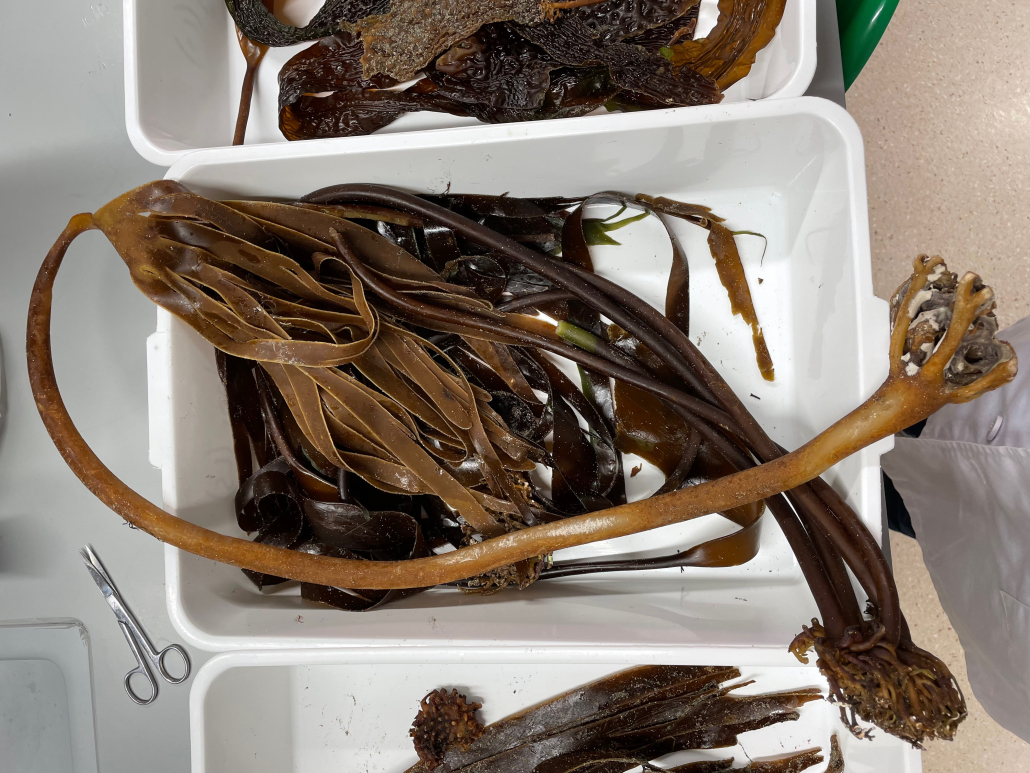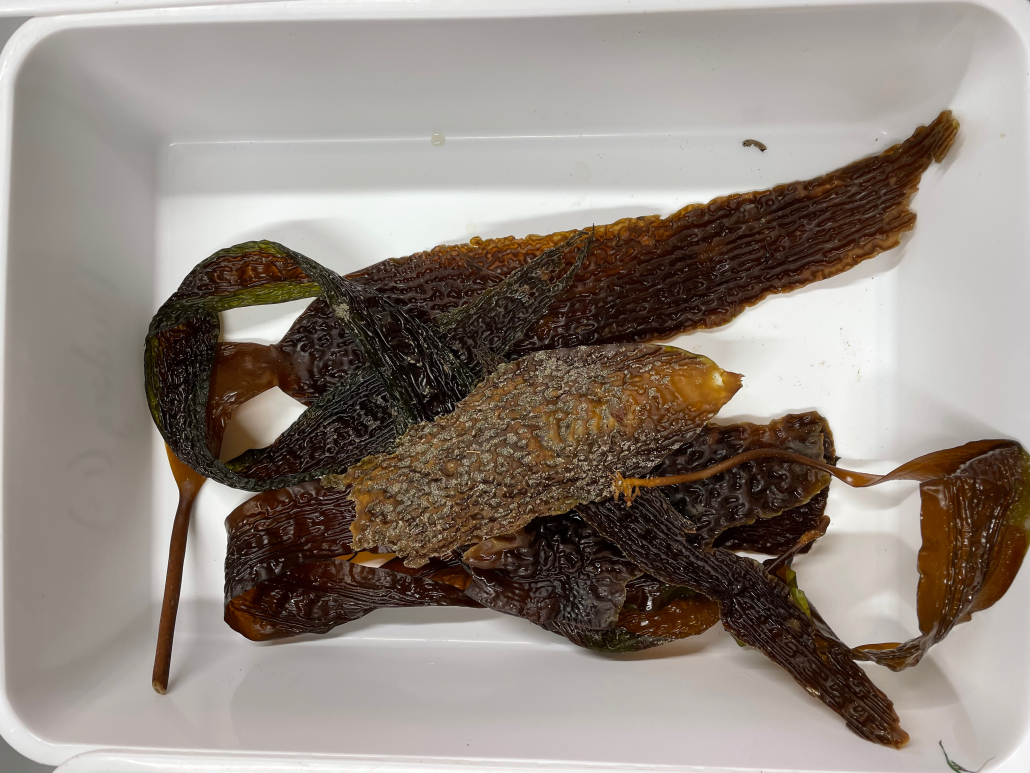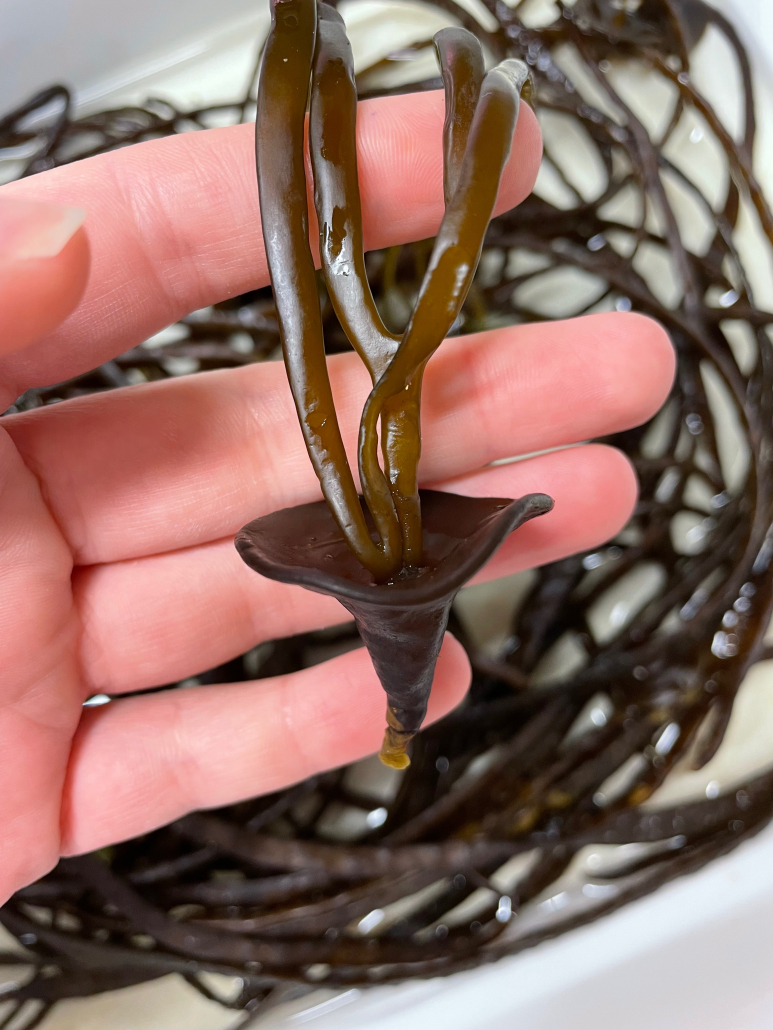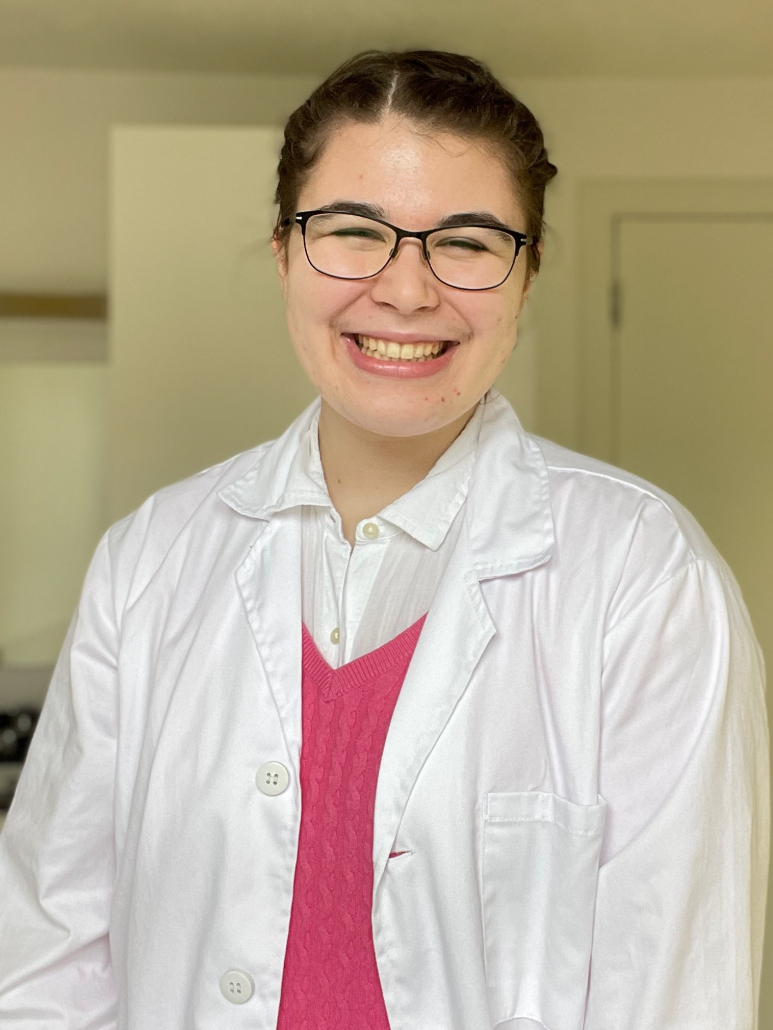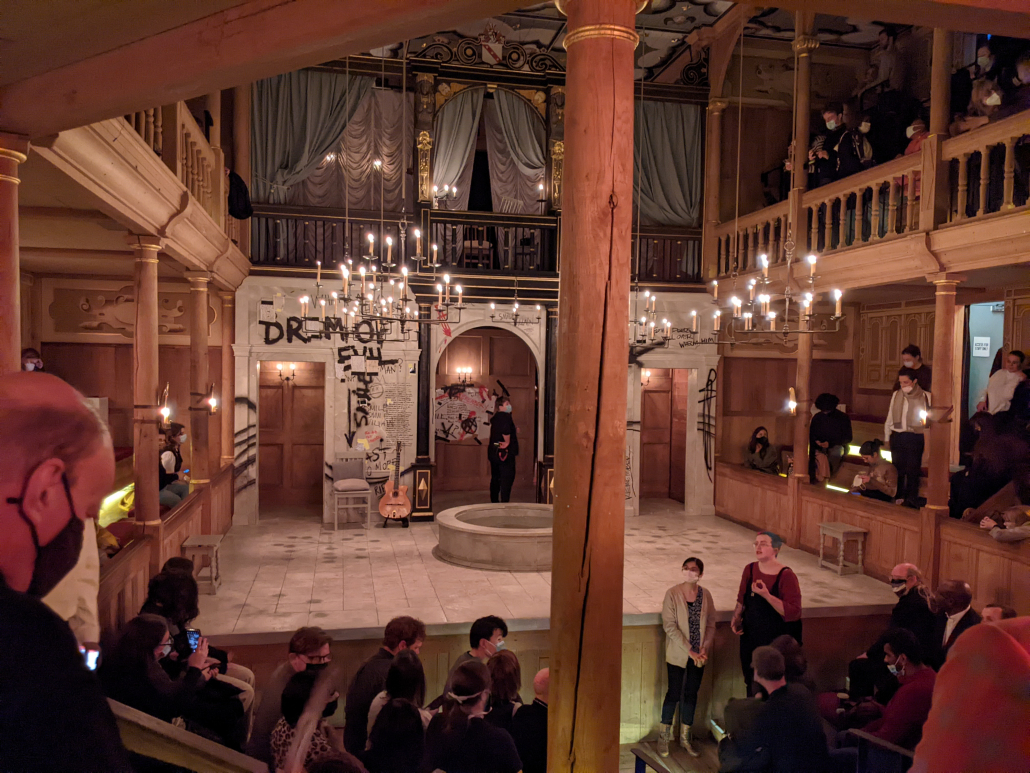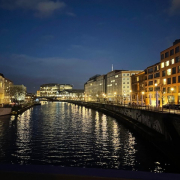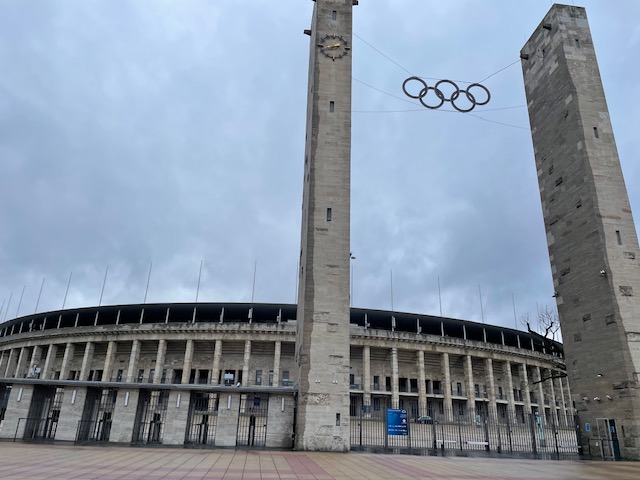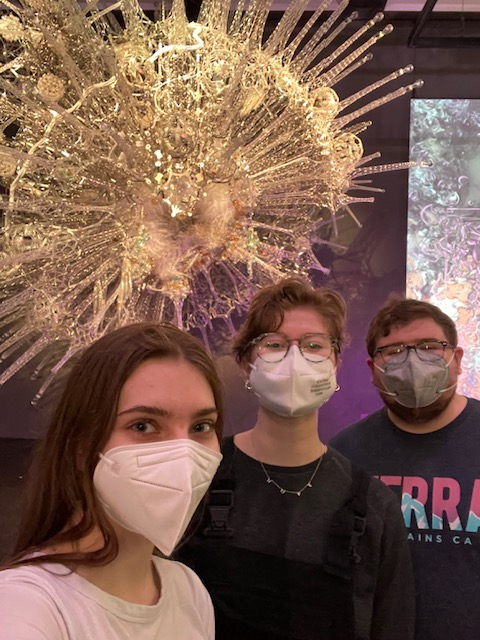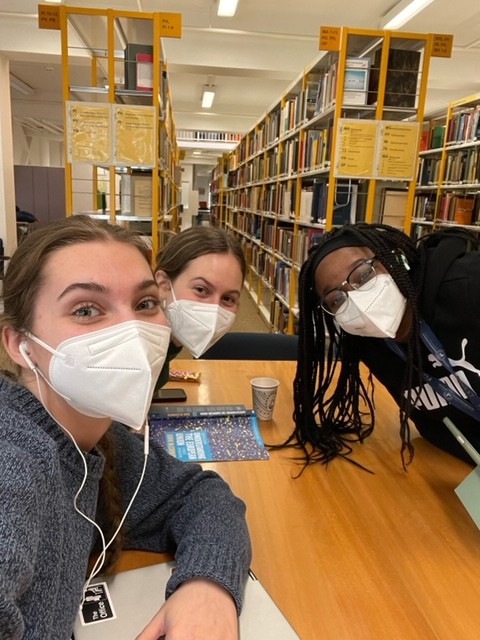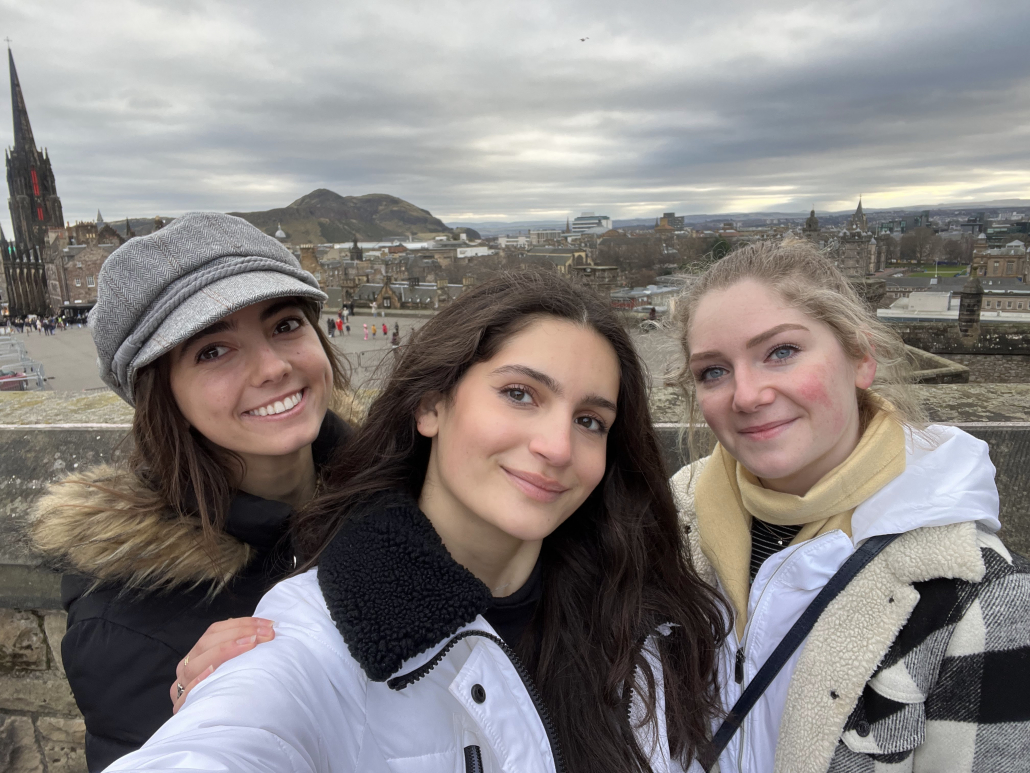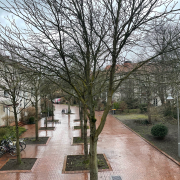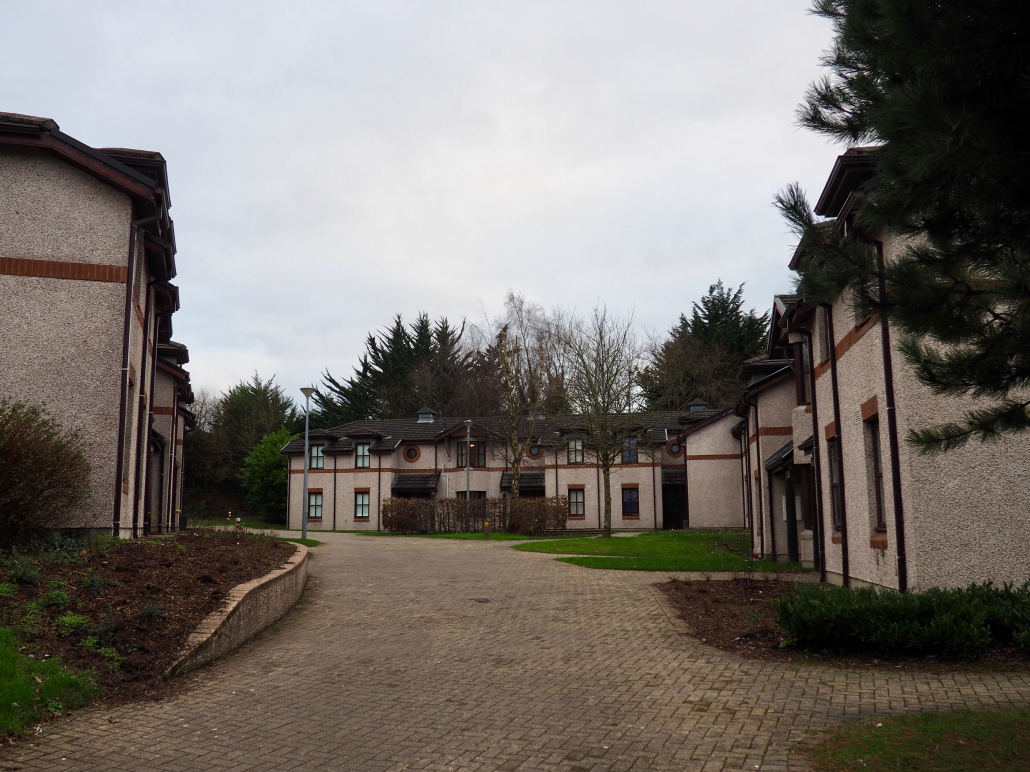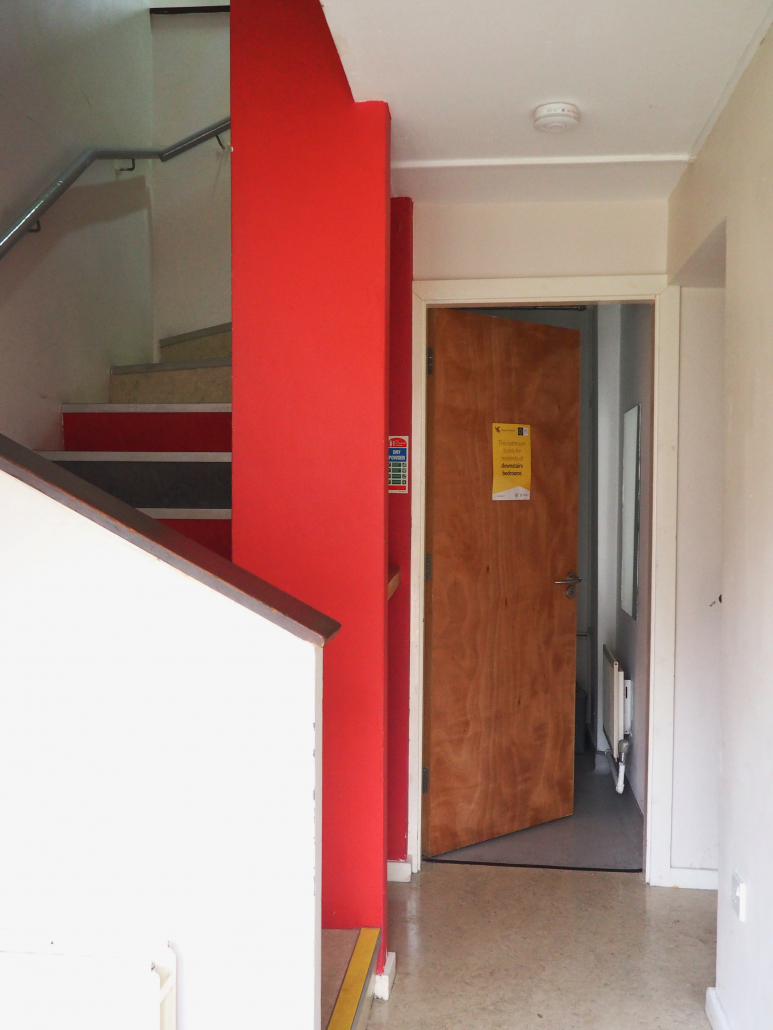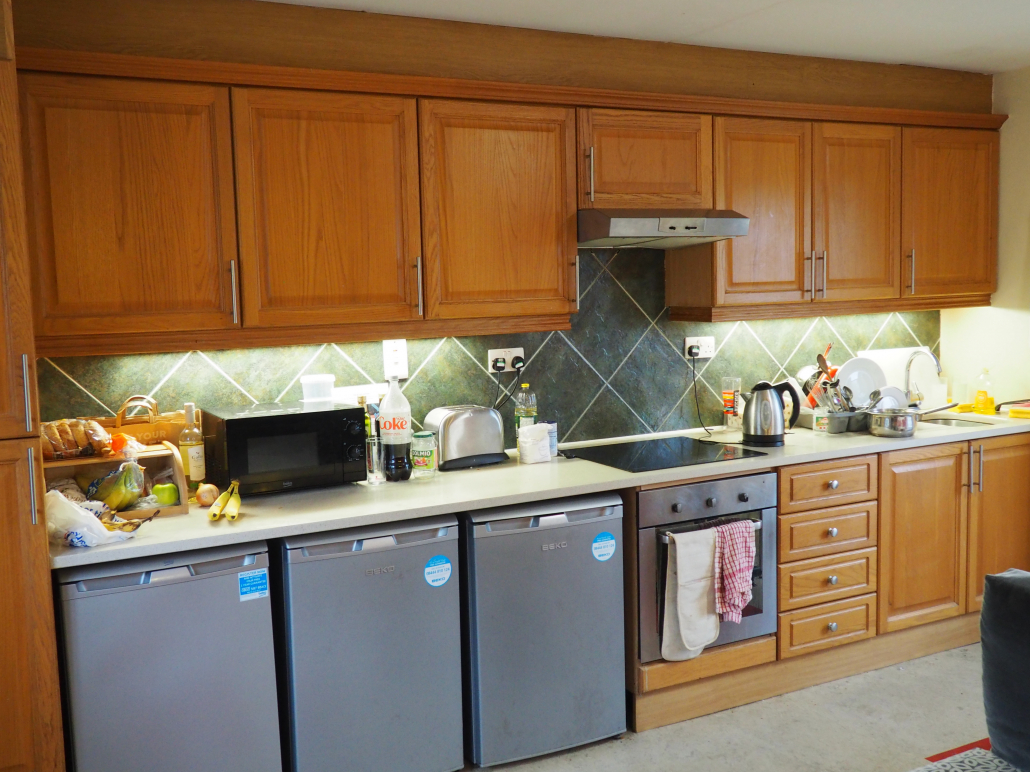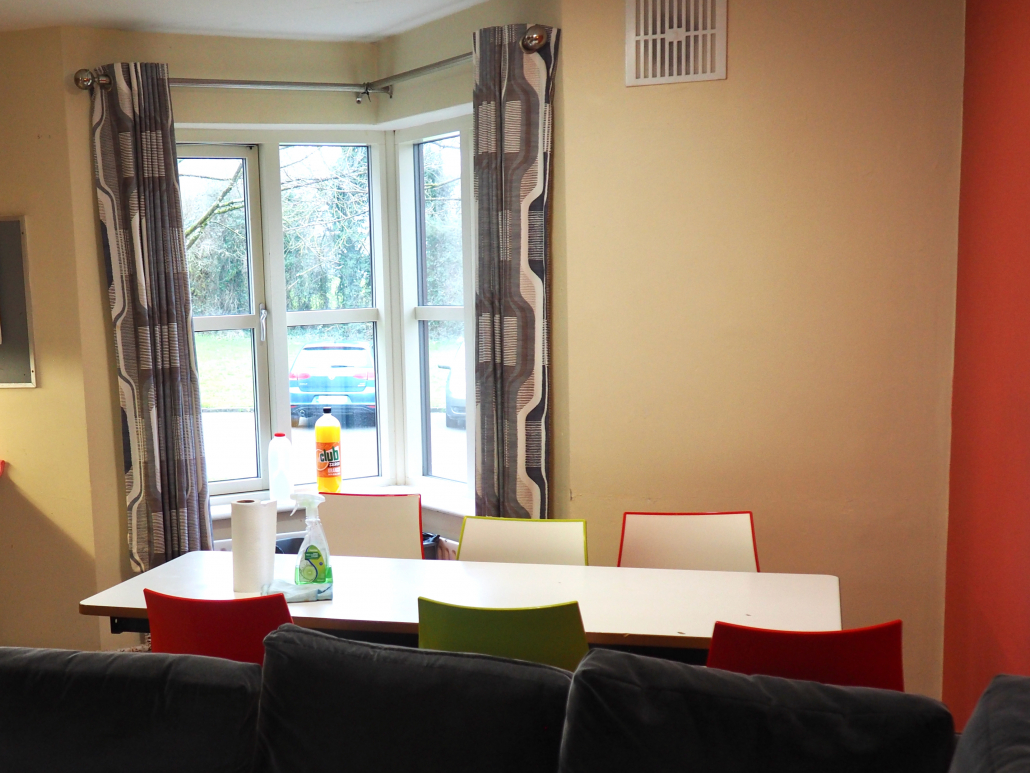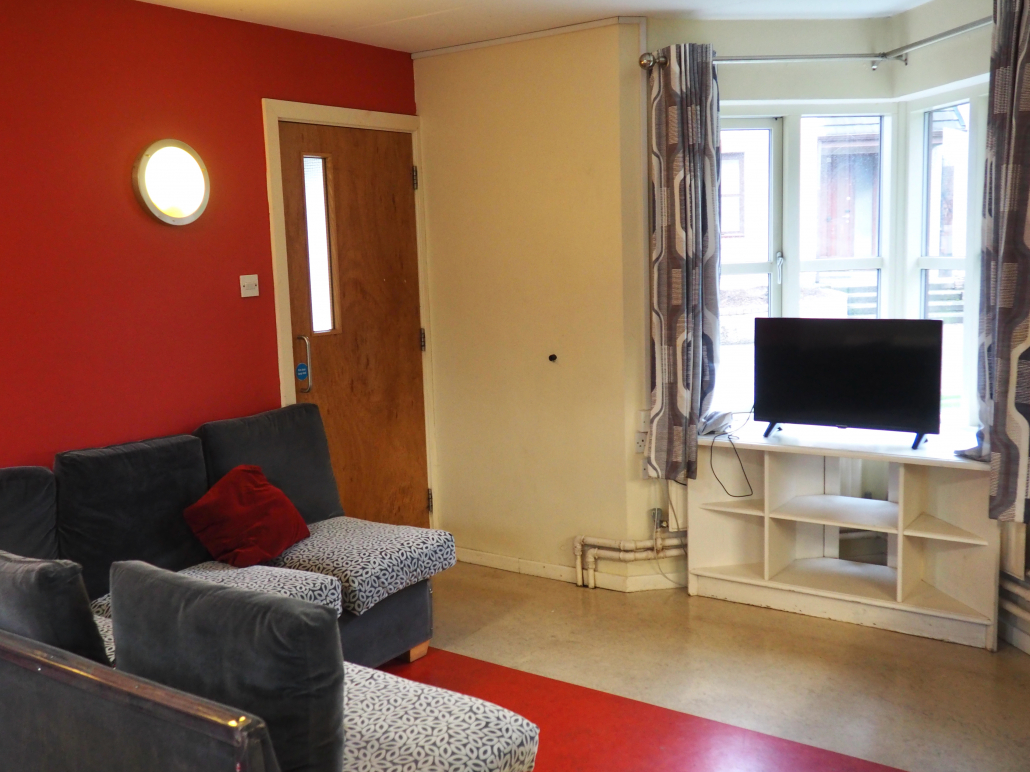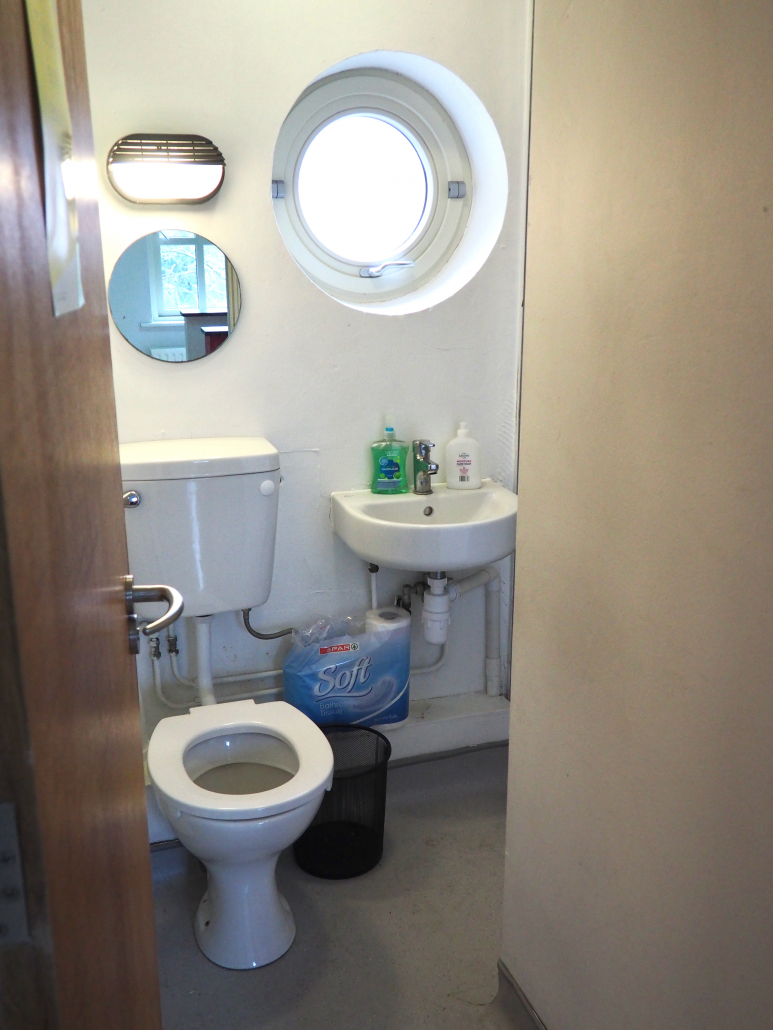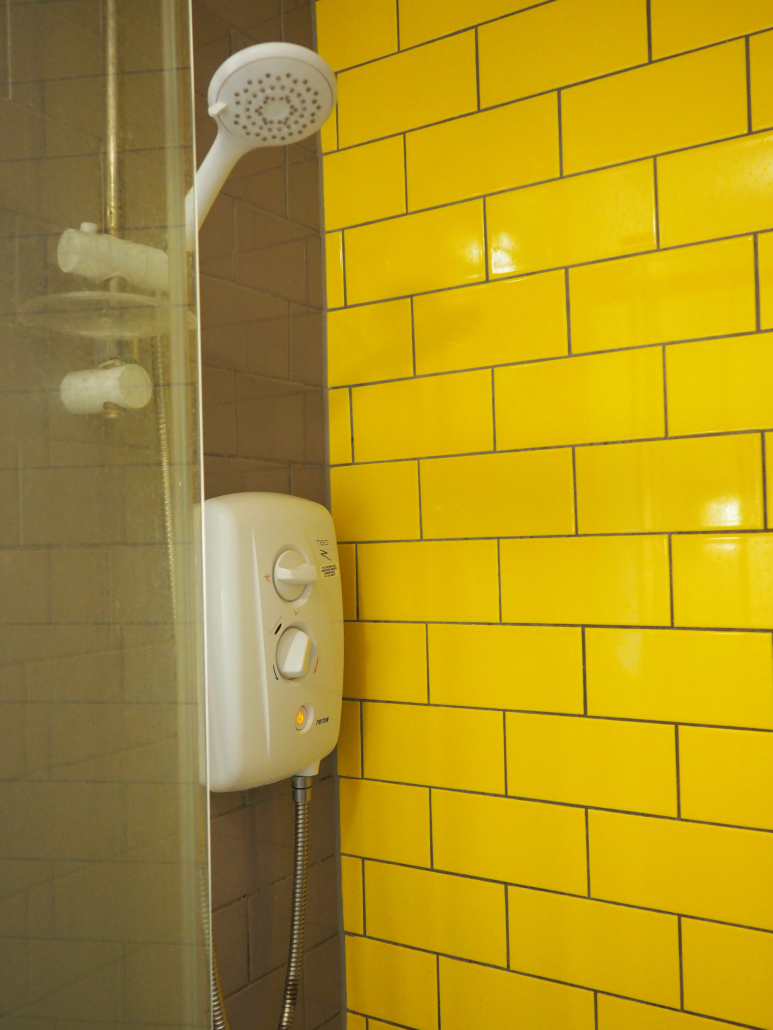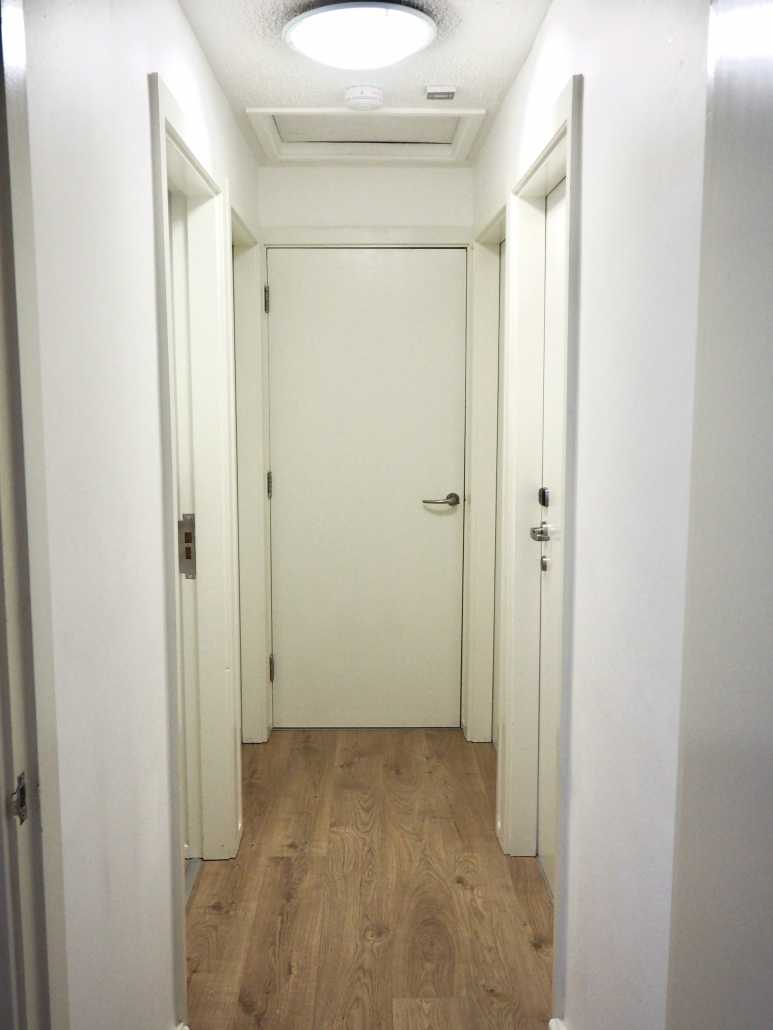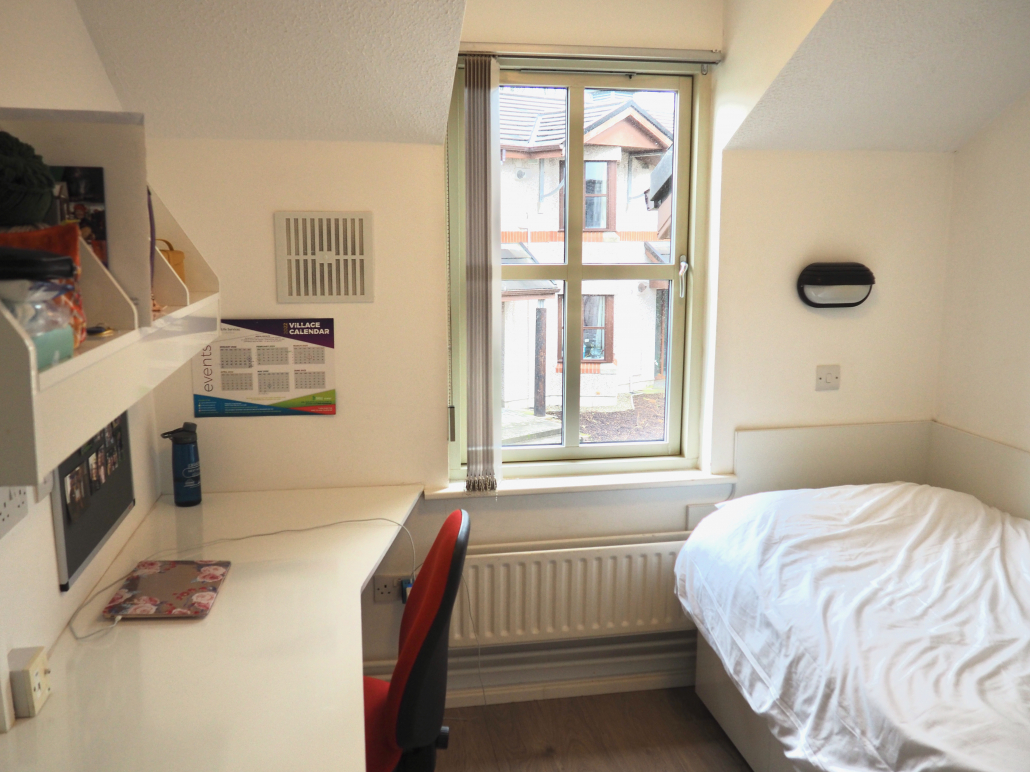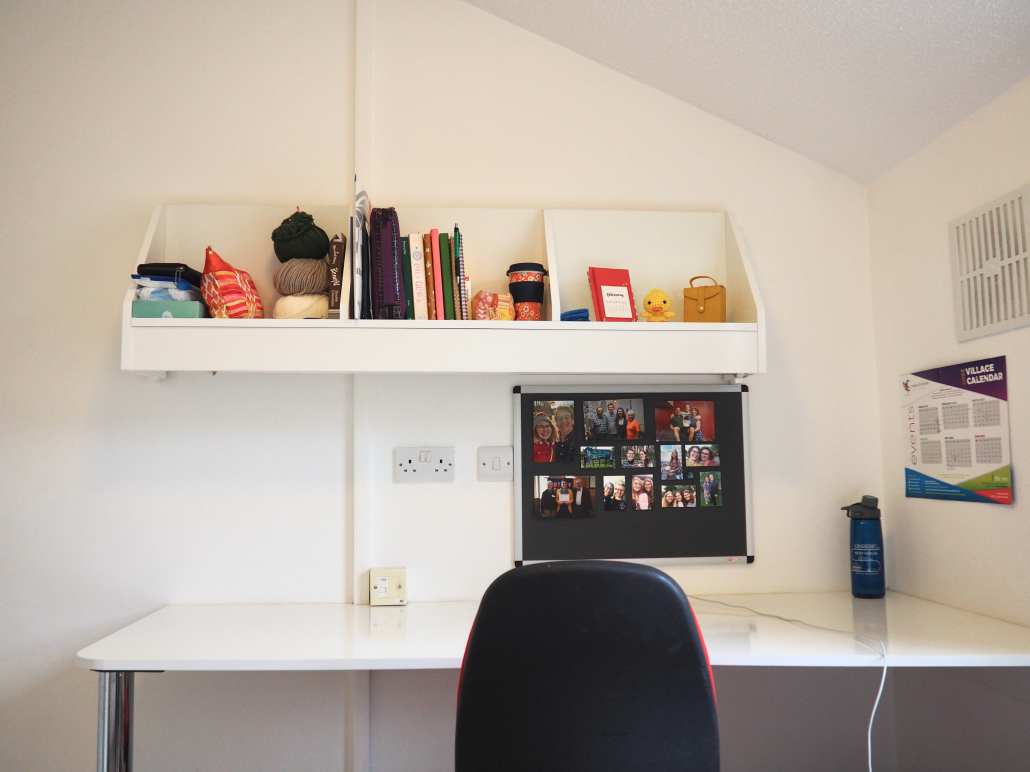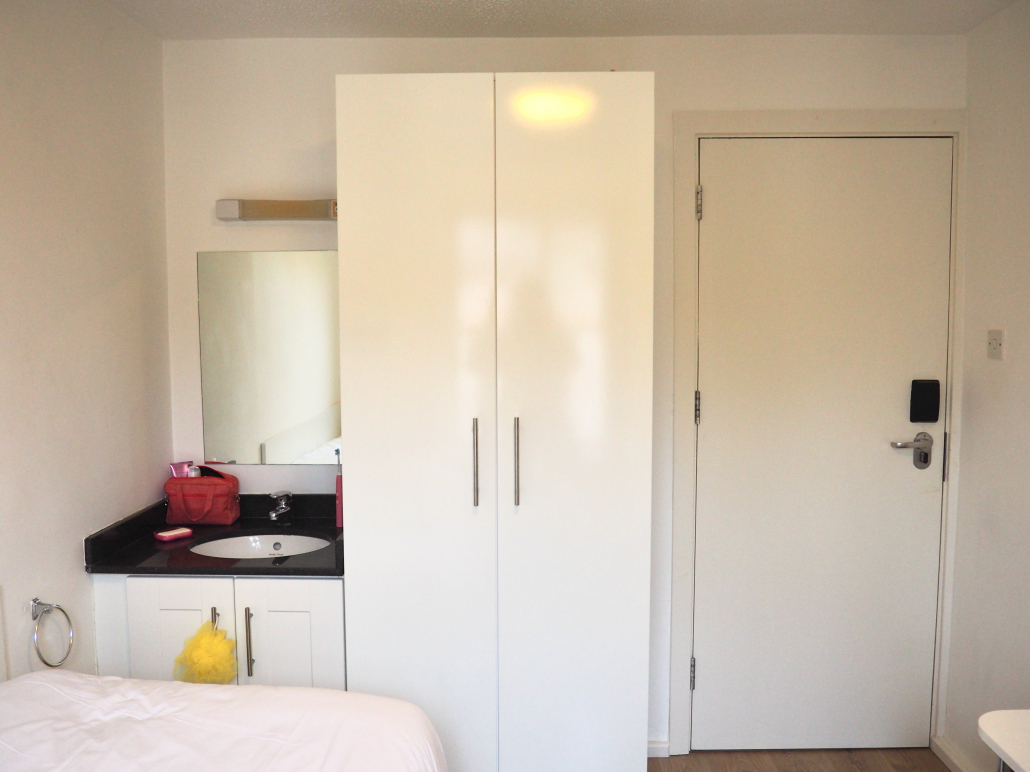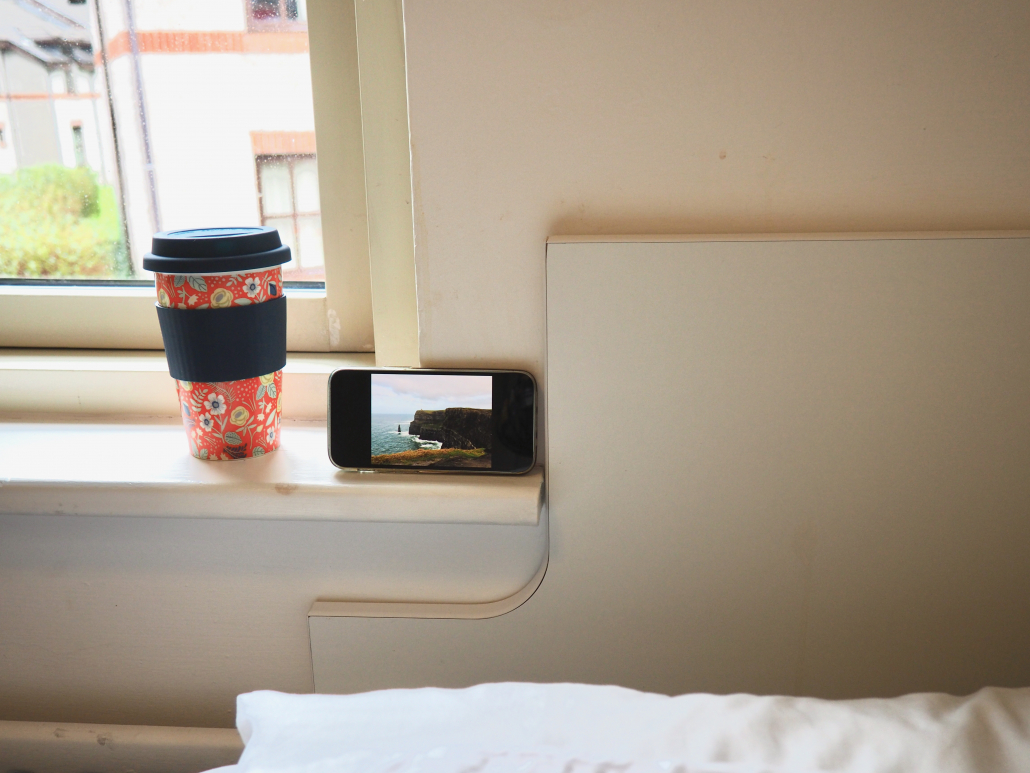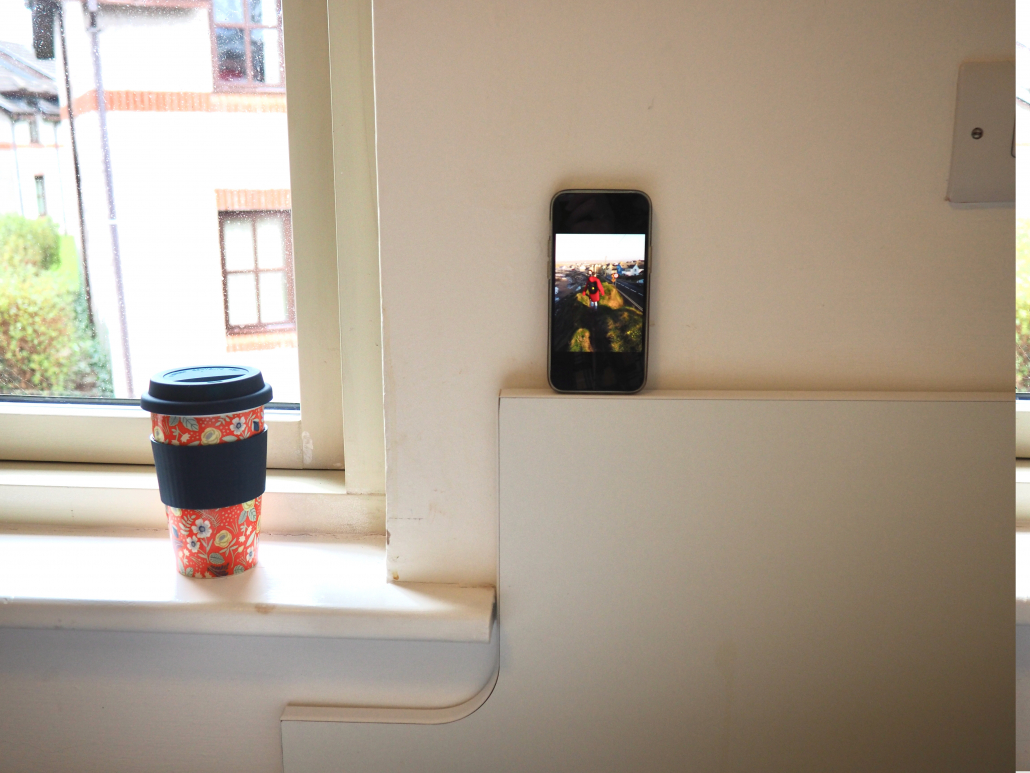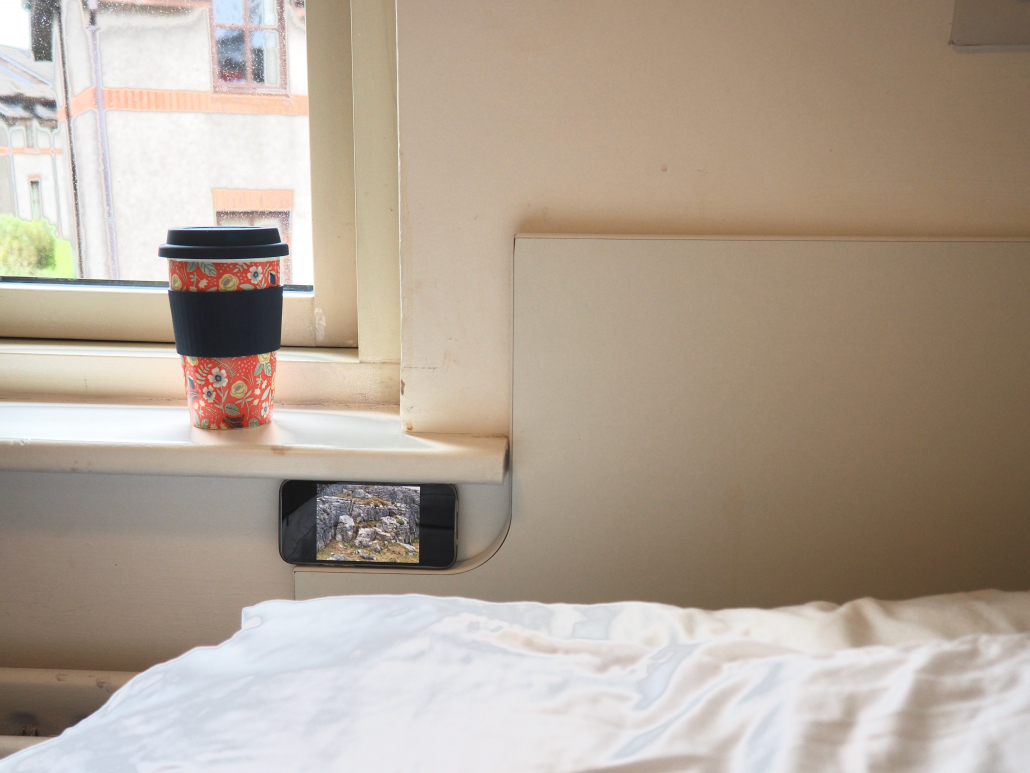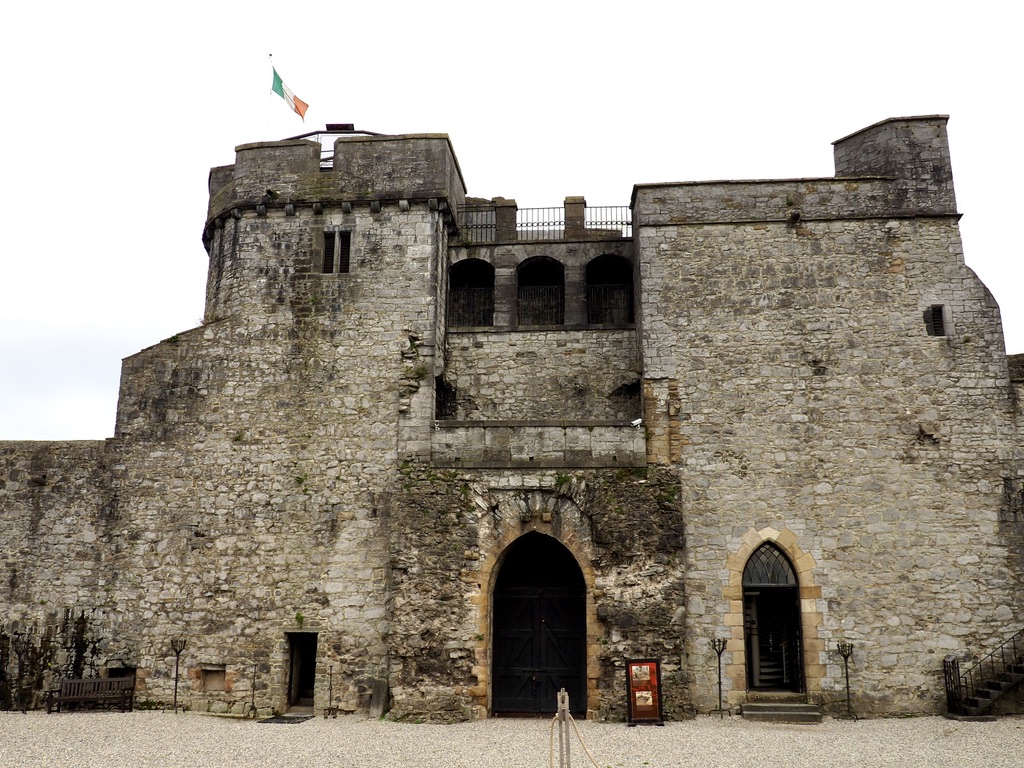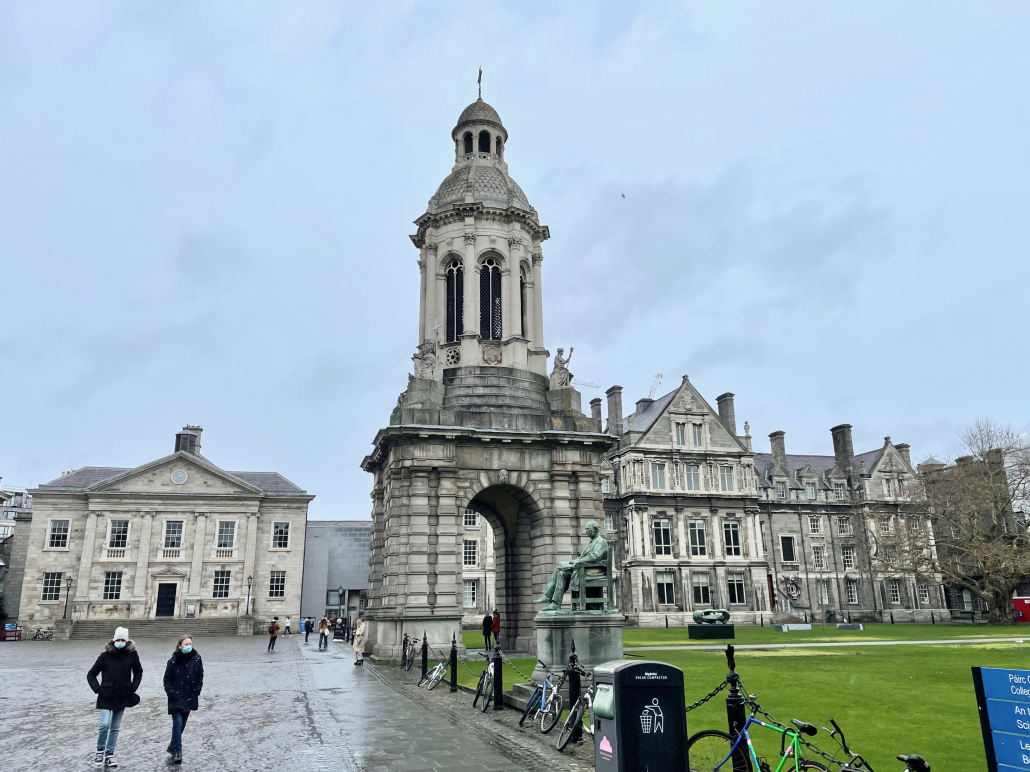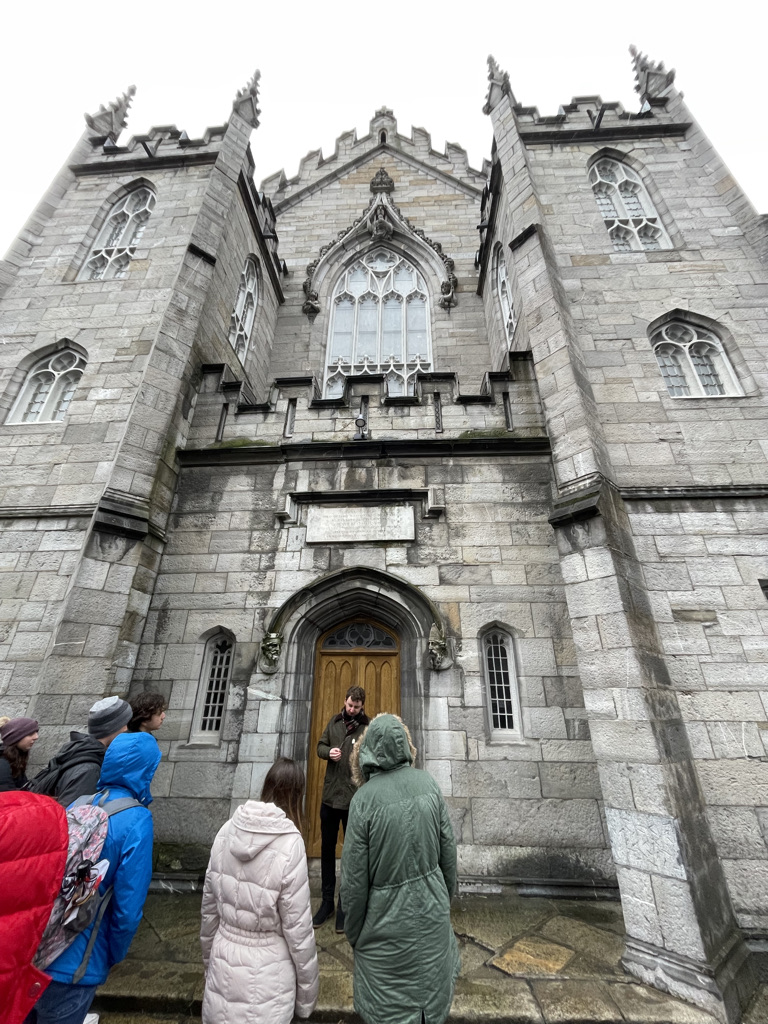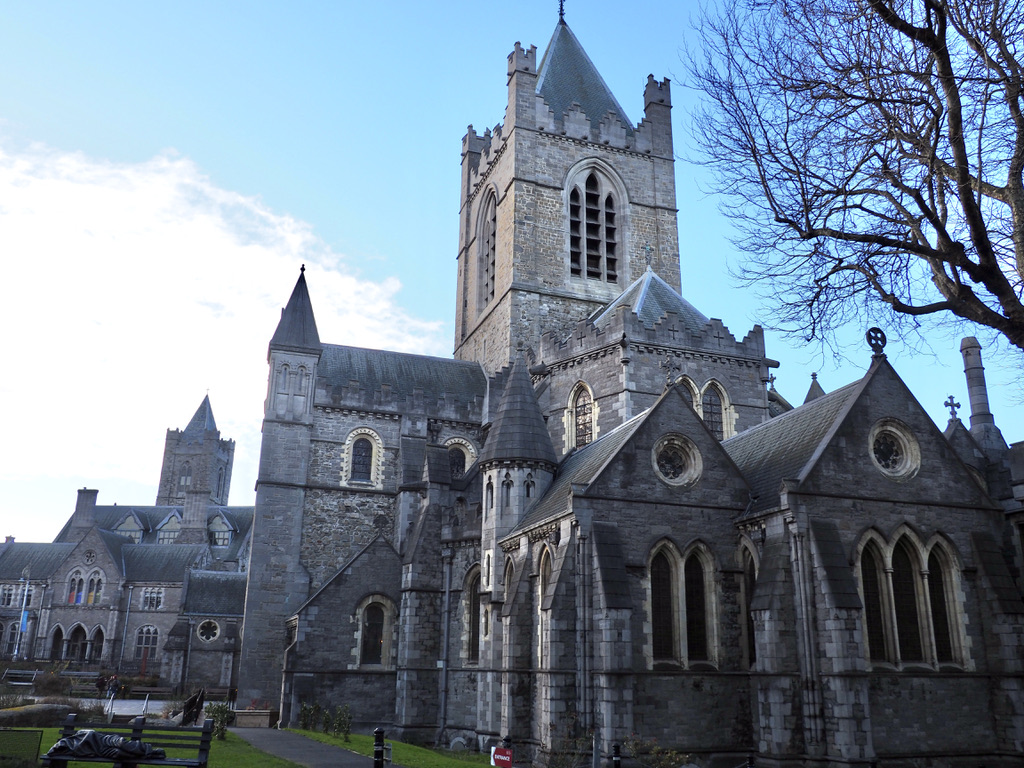Seashore Studies
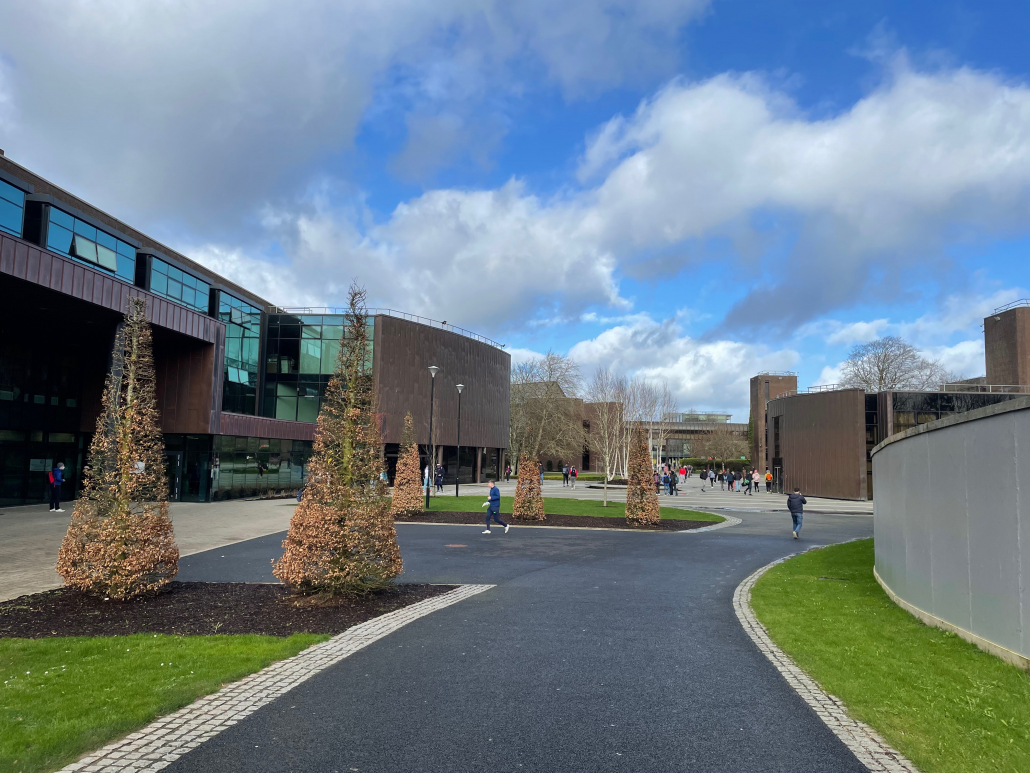
I am attending the University of Limerick. I even have a “jumper” to prove it! (I would call it a sweatshirt.) While I’m here, I’m taking four “modules” (what we call “classes,” they call “modules”) which are Understanding Young People and How They Learn, Ecology, Inclusive Education 2: Special Educational Needs, and Teacher as Professional. Each one has a Martin Luther College equivalent. I get to see the difference between first year, second year, third year, and fourth year university students in my modules since each module is for a different level.
- Understanding Young People and How They Learn (Year 1) = Psychology of Learning at Martin Luther College
- Ecology (Year 2) = Fundamentals of Ecology at Martin Luther College
- Inclusive Education 2: Special Educational Needs (Year 3) = Educating the Exceptional Learner at Martin Luther College
- Teacher as Professional (Year 4) = Interpersonal Communications at Martin Luther College
My favorite is Ecology. The first four weeks, we learned about the seashore. Now, we are on to talking about freshwater. Our last unit will be on terrestrial ecology. I have learned a lot about the seashore. It is fun to be able to identity different types of seaweed, periwinkles, and lichens.
None of my modules have cumulative final exams. Only one of them even has exams. I have three assignments, three exams, two presentations, a poster, an annotated bibliography, a paper, and a reflection. Of course there are lectures, labs, and tutorials, but as far as graded material, there is very little. Let me break down what I do for each class.
Understanding Young People and How They Learn
- Two online lectures per week, each are usually under 50 minutes and recorded
- One 2 hour tutorial per week
- A paper worth 100% of my grade due in April
Ecology
- Two in-person lectures per week, each are a full 50 minutes
- One 2 hour lab per week
- Three assignments, each is worth 15% of my grade. I just finished the seashore assignment. It was 10 questions and it took me 3 hours.
- Three exams, one for each topic, each worth 15% of my grade
- A group presentation on the seashore, worth 10% of my grade
Inclusive Education 2: Special Educational Needs
- One online lecture, usually under 50 minutes, live and recorded
- One 2 hour tutorial per week
- Videos to supplement the class, usually interviews with people who have special needs or work in schools with people with special needs. (Don’t worry, I have been watching all of them.)
- An annotated bibliography worth 60% of my grade due in April
- A poster about IEPs (Individual Education Plan), worth 40% of my grade
Teacher as Professional
- One online lecture per week, usually under 50 minutes, live and recorded most of the time
- One 2 hour tutorial per week
- 12 minute group presentation worth 40% of my grade due in April
- Individual reflection worth 60% of my grade due in April
Lectures are where much of the information is presented. Labs so far have been identifying organisms. Tutorials are where the material from the lecture is talked about and where a lot of group work happens.
I like how my schedule is laid out. It is not called a schedule here. It is a timetable. On Mondays, I have time to clean, grocery shop, and do my laundry, before going to Ecology lecture. Tuesdays are busy with two lectures in the morning and two tutorials in the afternoon. Wednesday is less busy with only one lecture in the morning and a lecture and a tutorial in the afternoon. Thursday, I only have Ecology lab in the morning. On Friday, I have one online lecture. During the week, I watch my lectures and do whatever work was asked of me to do before each tutorial. Then I plan out when to work on everything due in April. My weekends are free to adventure.
A really quick science lesson:
Pictured above are four different seaweeds which are all classified as kelps. The pictures are not the greatest so I encourage you to look up what each looks like after learning a little about them.
The first seaweed is Saccorhiza polyschides. It is sometimes referred to as Sea Hedgehog because the holdfast (the part that keeps the seaweed anchored to a rock) looks like a hedgehog. It is round with spikes on it. The part of seaweed that looks like a leaf is called a frond. The frond on Saccorhiza polyschides is flat and looks like fingers.
The second seaweed pictured is Laminaria digitata. It can be referred to as Oarweed or Strapweed. The holdfast looks like a hand holding on the rocks. The frond is similar to Saccorhiza polyschides. It is flat and looks like fingers.
The third seaweed pictured is Laminaria saccharina. It’s common name is the Sugar Kelp. The holdfast is similar to Laminaria digitata. It looks like a hand holding on to the rocks. The frond of Laminaria saccharina looks like what I imagine seaweed to look like. It is flat and wrinkled.
The last seaweed picture is Himanthalia elongata. It is commonly referred to as Spaghetti Weed. The holdfast is often called a coin. It looks like a Shrek ear. The fronds are long and thin like spaghetti noodles.
I hope you were able to learn a little about what my life at the University of Limerick is like, and learn about seaweed. Go impress your friends with your new knowledge of Spaghetti Weed.

